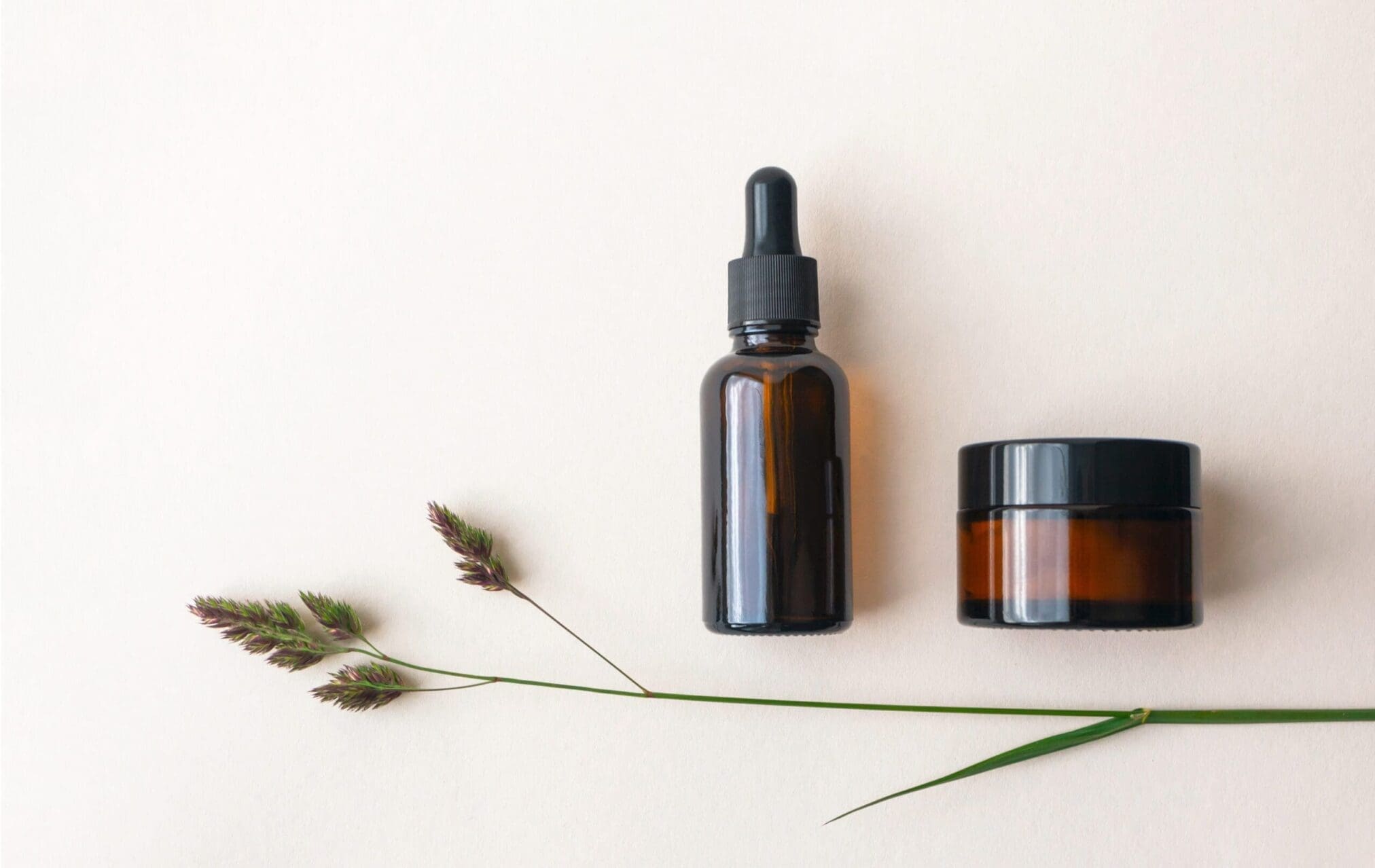On October 5, 2020, the Scientific Committee on Consumer Safety (SCCS) published the Scientific Advice on the safety of nanomaterials in cosmetics, shedding some light on this rather obscure aspect of the cosmetic industry. Why obscure? As the SCCS identifies, because of the novelty of the practice of incorporating nanomaterials in cosmetics, and of the scarcity of scientific evidence supporting its safety for human health
In this paper, the SCCS addresses some safety concerns raised by three nanomaterials:
1. Colloidal Silver (nano);
2. Styrene/ Acrylates copolymer (nano);
3. Silica, Hydrated Silica, and Silica Surface modified with Alkyl Silylates (nano).
After assessing various factors, the SCCS came to the conclusion that all the above nanomaterials, when incorporated in cosmetic products, can put the consumer’s health at risk. Of course, the SCCS remains open to any further safety assessment proving otherwise.
What are nanomaterials?
Before delving deeper into the technicalities of this discussion, we have to identify what nanomaterials are, as per the definition provided by the European legislator.
” ‘nanomaterial’ means an insoluble or biopersistant and intentionally manufactured material with one or more external dimensions, or an internal structure, on the scale from 1 to 100 nm[1]“.
According to Article 16(4) of Regulation on Cosmetic products[2], if the European Commission has concerns in relation to the safety of certain nanomaterials, it shall request the SCCS to issue an opinion on this matter. Once the SCCS established that the nanomaterial(s) in question pose a potential risk to human health, the Commission can subsequently take regulatory measures in accordance with the Regulation.
You can read more about the legal aspects of nanomaterials in our related article.
What are the reasons for concern over nanomaterials in cosmetics?
The SCCS identified several concerns related to the use of nanomaterials in cosmetics. Find them summarized below as per the findings of the SCCS. For a complete overview, we highly recommend consulting the Advice Paper.
1. Physicochemical aspects
a) their tiny dimensions;
b) their potential accumulation in the body;
c) their chemical properties and toxicity upon humans;
d) the physical or morphological features of their constituent particles;
e) their surface characteristics.
2. Exposure aspects
What raises particular concerns is the systemic exposure of the consumer to nanoparticles. The SCCS highlights that the exposure through inhalation is the most hazardous.
3. Other aspects
3.1 their novelty
Certain nanomaterials might not have a bulk correspondent, given that they can be modified to have new properties and serve novel functions. Therefore, the resulting nanomaterial cannot be assessed by referring to a “conventional comparator”, having potential unintended effects.
3.2 the type of application
How often will the consumers use the product incorporating that nanomaterial? How much of the product will they apply? Is the product intended to be used/ prone to be used by vulnerable people (such as elderly people or children)? These are all determining factors of a nanomaterial’s risk degree.
As we saw, the SCCS issued this scientific advice paper in relation to three specific nanomaterials. Let us have a closer look at each one of them, through the lenses of this Advice Paper:
1. Colloidal Silver (nano)
Colloidal silver (nano) can be found in products such as lipstick, lip care products, toothpaste, mouth wash, and other oral hygiene products.
2. Styrene/ Acrylates copolymer (nano)
This nanomaterial is found in the form of nano beads containing different encapsulated substances. These nano beads are used in leave-on cosmetic products and serve as humectants or moisturising, antistatic and skin conditioning substances.
3. Silica, Hydrated Silica, and Silica Surface modified with Alkyl Silylates (nano)
These substances are incorporated in: leave-on products (such as skin care and make-up), rinse-off products (toothpaste), hair and lip products.
The SCCS concluded that all these three nanomaterials can pose a health risk to the consumer when used in cosmetics, under reasonably foreseeable exposure conditions.
Best practices for cosmetic manufacturers using nanomaterials
1. Consult the Scientific Advice papers and opinions of the SCCS and ensure that you incorporate these guidelines into the manufacturing of your products;
2. As the SCCS suggests in this paper, avoid the use of nanomaterials in products that are intended or prone to be used:
- by vulnerable categories of people;
- frequently;
- in large amounts;
- in loose powder/ sprayable form (as this may expose the consumer via inhalation and pose their lungs at risk).
3. Appoint a Responsible Person in the European Union, who can also provide consulting regarding nanomaterials and the applicable legal requirements.
Conclusion
Manufacturers who envisage placing their cosmetic products containing nanomaterials on the European market have to abide by the European legal framework. We are perfectly aware that this might be a challenging task.
Fortunately, we have some good news! If you are one of these manufacturers, Obelis can make the compliance path smoother for you by:
- being your reliable Responsible Person in the EU
- performing the required notifications in the CPNP
- giving you the best advice in terms of nanomaterials compliance
- keeping you updated with all the relevant news and publications in terms of nanomaterials
Maria-Alexandra Enescu,
Regulatory Affairs Department,
23/11/2020
Interested? Do not hesitate to contact us.
[1] Article 2(1)k of the Regulation (EC) No 1223/2009 of the European Parliament and of the Council of 30 November 2009 on cosmetic products
[2] Regulation (EC) No 1223/2009 of the European Parliament and of the Council of 30 November 2009 on cosmetic products, OJ L 342, 22.12.2009, p. 59–209


